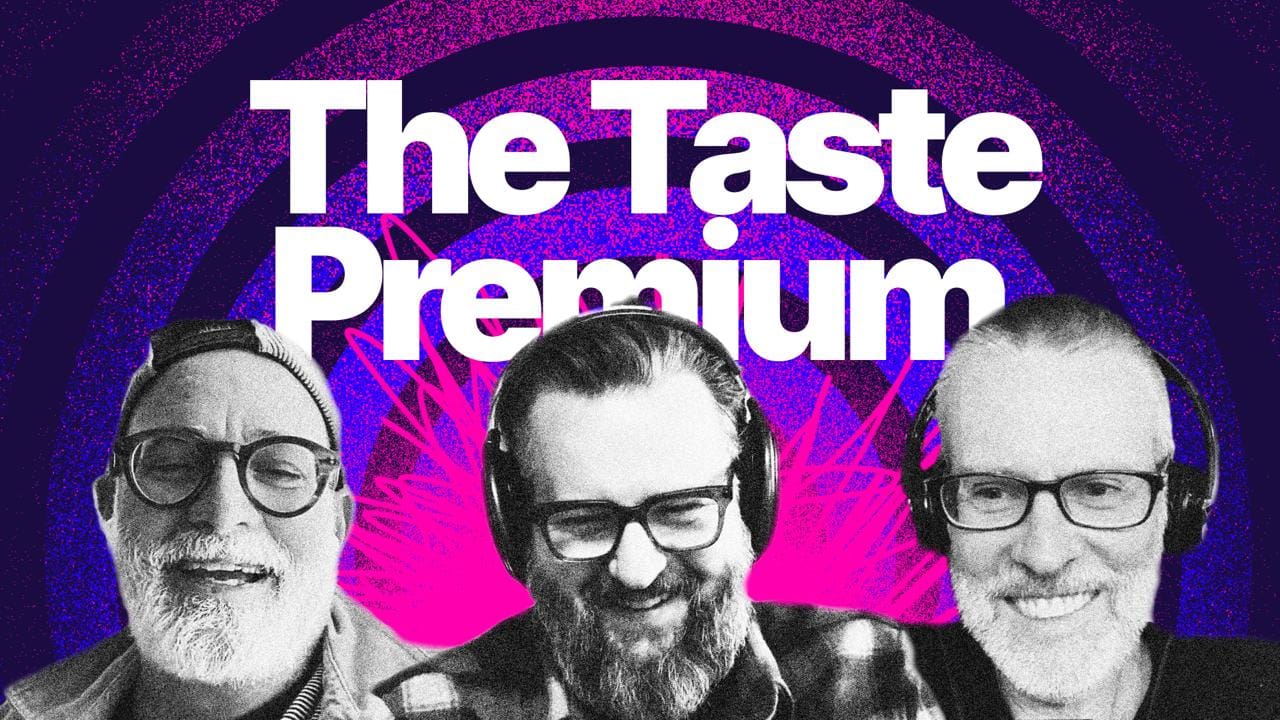Stakeholder media
A conversation with Semafor CRO Rachel Oppenheim

We have kicked off our latest research project in collaboration with WordPress VIP. We are surveying product leaders at publishers in order to understand how teams are allocating limited resources, navigating AI, and rethinking infrastructure in 2025. The survey takes less than five minutes. Take the survey.
This week, a conversation with Semafor CRO Rachel Oppenheim about stakeholder media and on PvA, an examination of how taste can act as a moat in media.
Send me feedback on The Rebooting by hitting reply or using bmorrissey@therebooting.com. Also, upgrade your membership to TRB Pro. It’s $200 a year for full access to all of The Rebooting’s content and invitations to TRB gatherings, like our private dinner series and upcoming events at Cannes.
Semafor’s embrace of stakeholder media
In my conversation with Rachel Oppenheim, Semafor’s CRO, she used a term I like: stakeholder media.
Stakeholder media puts connectivity at the center of what it does. Stakeholder media is how a media company can stay influential and build a real business—especially now, when scaled ad models are in a full race to the bottom. Everyone wants to move from passive audiences to active communities. Stakeholder media’s defining features:
- Elite audiences operating in interconnected, complex ecosystems
- Focused media, intentionally not for everyone
- Ability to convene stakeholders with the brand as glue
- Business model geared to long term relationships vs transactions
“Stakeholders—whether in a business, policy, or societal context—are far more connected to the conversation and outcomes,” Rachel told me after our podcast conversation. “They don’t just want to be informed; they want to influence, collaborate, and build connections in those spheres.”
That is a different proposition than scaled reach media. Whether it’s pioneering or not is debatable – this strikes me as the zhuzhing of B2B – but it’s a notable shift. One of the hallmarks of stakeholder media is whether the brand has the convening power to get the right people in the room.
Later this month, in Washington DC during the World Bank and IMF spring meetings, Semafor will kick off its World Economy Summit, a three-day invitation-only event for policymakers, politicians and innumerable interested parties looking to influence the direction of the world.
Semafor’s competitive advantage is the deep connections Justin and co-founder Ben Smith have, as well as its roster of journalists. The summit’s co-chairs include financial heavy hitters like David Rubenstein, Ken Griffin, Penny Pritzker, and Henry Kravis. The advisory board has the requisite corporate Davos habituees: GM’s Mary Barra, Pfizer’s Albert Bourla, Goldman Sachs’ John Waldron. Even a “niche” as large as the global political economy narrows to a fairly small room.
“We’re not trying to reach 100 million people,” Rachel said, echoing a totem of the creator economy. “We’re trying to reach the 100 that matter.”
The formula: convene the right people, layer in editorial firepower, and sell long-term access—not banners. The deliverable is less impressions but outcomes in the form of influence. Semafor even has an invitation-only newsletter for CEOs it launched with former Financial Times editor Andrew Edgecliffe-Johnson that comes with entree to the World Economy Summit.
“Content is not just broadcast but actually facilitates decision-making, relationship-building, and real-world impact,” Rachel told me. “It integrates journalism, intelligence, and networks to cultivate ecosystems that deliver deeper levels of value.”
She told me the summit’s revenue has already quadrupled year over year, although she wouldn’t tell me the base. Some things are the same in stakeholder media. I accept the world as it is, not how it should be. The roster of underwriters are the types of companies you would expect: Chevron, Bank of America, BCG, Abu Dhabi’s sovereign wealth fund Mubadala.
The larger aim is in the name: It’s a variation on the World Economic Forum, the defining convening of the globalism era that takes place each year in Davos. That event is a $500 million operation, enough for Semafor itself to dub it the “Davos cash machine,” perhaps with a mix of jealousy and ambition.
One of the conundrums of media is why so many massive events – they are a form of media, after all – are not run by media companies. Shouldn’t Adweek or Ad Age have started Cannes? Condé uses the leverage of the Met Ball but doesn’t run it. Wired never competed with CES.
Give Penske credit for seeing this anomaly. It now owns SXSW, the Golden Globes, the American Music Awards and more.
This all builds on something I’ve written about before: the rich niche. In a fragmented world, there’s more upside in going deep with the right people than going broad with everyone. It’s not about having the biggest audience—it’s about having the most consequential one. As Jay Rosen drily noted, affluent people will always be well served with media.
DC is full of stakeholder media with Politico, Axios and Puck. Hollywood has its own version of stakeholder media, dominated by Penske Media that owns The Hollywood Reporter, Deadline and Variety, that The Ankler has been trying to break into, regularly tweaking Penske for everything from an atrocious site experience and strong SEO game to obvious conflicts of interest. At a time when media is often quiescent or focused in whining about tech companies, it's good to see the fur fly again in that kind of institutional cat fight. This dynamic plays out in many different business areas with cultural heft. What Front Office Sports is doing is from this playbook.
Stakeholder media isn't new – nothing is, truly – but it will continue to be the sturdiest area of the media business. (I consider The Rebooting as a form of stakeholder media as opposed to a newsletter business.) Not because it’s buzzy, but because it works. It has a logic to it. It serves a fairly clear economic purpose that is unlikely to be replaced by AI.
Check out the full conversation with Rachel where we also discuss setting up a sales team from scratch, how journalism and sales are similar, building out long-term partnerships vs transactional revenue and more on stakeholder media.
The Rebooting’s flavor of stakeholder media
We work with a broad group of technology and consulting companies, as well as some media companies, to connect them with their prospective customers. We do that through education/thought leadership, lead generation and in-person sales activation. In short, we get the right stakeholders in the room, whether that’s a virtual space like our Online Forums or our private dinners and salons. Our upcoming programs in Cannes are a good snapshot of how we execute on this form of stakeholder media.
A matter of taste

We did a thematic episode of People vs Algorithms to examine whether taste is still a moat in media, how it is instrumentalized and what constitutes taste in the first place. We were joined by Ana Andjelic, who writes The Sociology of Business and is the tastemaker in my household. Anonymous Banker also joins with his view of whether a “taste premium” exists in media M&A. Watch on YouTube or get the podcast.
Thanks for reading. Send me feedback by hitting reply.




